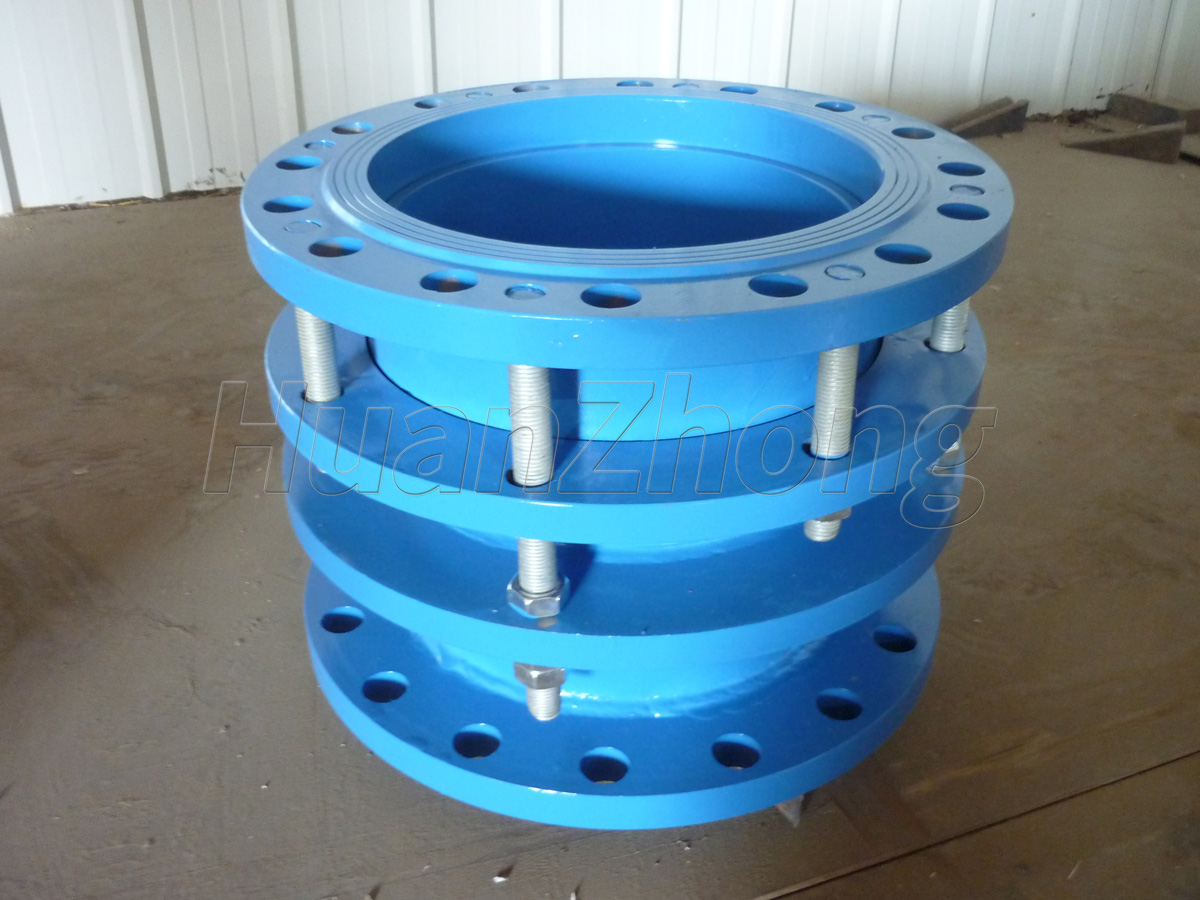Expansion joints have different models and different structural forms
The expansion joint is applicable to the pipeline connected with flange on both sides. When installing the product, adjust the length of the connection between the two ends of the product and the flange, tighten the gland bolts evenly in diagonal order, and then adjust the limit nut, so that the pipeline can expand freely within the expansion range, lock the expansion volume and ensure the operation of the pipeline. It is suitable for pipelines connected with flanges on both sides. When installing, adjust the installation length of both ends of the product and the flange, tighten the gland bolts evenly in diagonal set, so that it becomes to whole and has some displacement, which is convenient for installation and maintenance and adjustment according to the site size.
Expansion joints have different models and different structural forms. Their fields of use are also different, and the fields of use are also different. Generally speaking the sleeve type expansion joint is made by sleeve on the main body of the expansion joint. Therefore it must have good sealing and high temperature resistance. If the installation is not in place or the ambient temperature changes are relatively large and other reasons will lead to deformation and damage of the expansion joint, then it will need to be replaced.
The sleeve type expansion joint mainly uses the lateral movement produced when the metal pipe expands to achieve the expansion amount function. It is easy to install but there are requirements for the precision and displacement of the equipment during installation. For example, the expansion volume is too large to cause vibration of the pipe, which leads to damage of the joint and other problems. Because the expansion pipe does not have pre-buried bolts so can not play a compensation role and is used in some occasions for convenience can also play a certain role is very important. The telescope is mainly used to compensate for the distortion and deformation in the pipeline and make the connection produce expansion or displacement to achieve the purpose of compensation. At the same time can also play a role in protecting the pipeline from damage.
